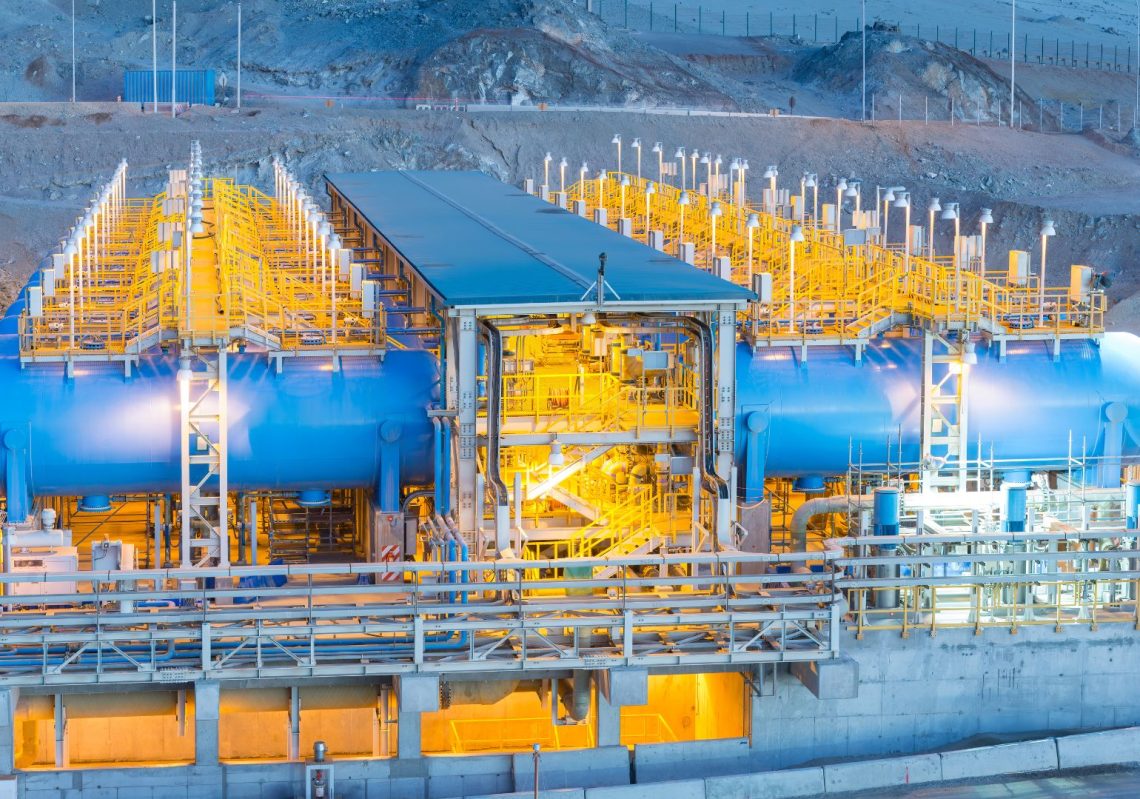While desalination promises relief for growing coastal cities, its voracious electricity appetite clashes with our 2050 emissions targets.
Australia’s water security has historically hinged on dams and river catchments. Yet with urban growth focused along coastlines, and rainfall patterns becoming increasingly erratic due to climate change, desalination is one of multiple ongoing efforts to help secure Australia’s water supply.
Desalination is an energy-intensive process that requires large amounts of electricity to separate salts from seawater and produce potable water – posing a challenge in the race towards net zero by 2050.
Robran Cock, chemical engineer and water industry expert, shared how Australia can meet these two imperatives.
The energy burden behind desalination
Reverse osmosis has become the global standard for seawater desalination, prized for its efficiency compared to thermal methods.
“But the big knock on desalination is the amount of energy it uses – particularly compared to traditional water treatment,” Cock told create.
Modern membrane-based plants operate at roughly 3.6 kWh per cubic metre of fresh water produced.
“The theoretical thermodynamic limit is between 1–1.5 kWh per cubic metre, with the best modern plants achieving around 2.3 kWh per cubic metre.”
The lion’s share of this energy is simply used to move water around and push it through membranes.
“About 70 per cent is used to drive the high pressure pumps, which feed the reverse osmosis process itself,” Cock said. “And another 10 per cent is used for pumping water around the plants.”
A 60 ML per day facility will draw in the order of 200 MWh per year. “That’s a significant amount of energy.”
While electricity dominates operational emissions, the lifecycle carbon footprint of desalination must also be taken into account.
“Desalination plants require major construction,” Cock said. “There’s a lot of concrete and steel – and the ongoing carbon impact of [managing] a saltwater discharge.’’
Furthermore, brine concentrate disposal poses ecological challenges, and continuous chemical procurement adds another emissions vector.
Read more: This Pilbara water desalination project is no small feat
Powering down emissions
Australian desalination plants today lean on renewable power-purchase agreements (PPAs) to curb operational emissions.
“For example, when the Adelaide desalination plant was constructed, there was an agreement entered into with a power provider to build a wind farm somewhere – effectively supplying green electrons,” Cock said.
Yet these agreements aren’t a perfect cure. “They still rely on offsets … of tree planting and carbon sequestration to get back to true net-zero emissions.”
Beyond PPAs, Cock highlights research into capturing CO₂ in the very brine that desalination creates.
“There’s a lot of research into how we can both decarbonise by removing carbon from the electricity generation and distribution network, while actively sequestering carbon or producing value-add products that will have a better impact on the carbon balance of the whole system,” he said.

Rethinking design in a variable grid
As the electricity grid weaves more solar and wind into its mix, the mismatch between variable generation and steady desalination operation demands fresh thinking.
“The issue with most renewables is that the electricity production varies while desalination plants typically run at a constant rate,” Cock said. “At the other end, water demand varies over time – increasing in the morning, flattening out in the middle of day, with another spike at night.”
Modern desalination plants must contend with increasingly intermittent power supplies as renewable generation grows, with traditional designs built on a steady baseload no longer sufficient.
“As the electricity feed on the incoming side gets more variable … you need to either have processes which ramp up and down faster, or provide energy storage up the front of the production to buffer against these fluctuations.”
In parts of Australia, the solar peak is in the middle of day when the sun is up, with a wind peak occurring later on – creating an overlapping envelope of generation.
“If you size your infrastructure … you can over-produce water during those times to make up for when you don’t have the energy available,” he said.
A recent study for the South Australian Government, led by Cock’s team, sought to quantify this trade-off.
“If you can get energy for 18 hours a day, do you build desalination facilities 24/18 times bigger, or do you put in big batteries? It becomes a very economic argument, trading off capex and opex, depending on what your driver is.”
Long-duration storage solutions such as hydrogen are also increasingly under the microscope.
“If you could co-locate a hydrogen production facility next to a recycled water source like a big wastewater treatment plant to use that lower-energy feed, you can actually look at it as a whole-system approach rather than just a desalination problem.”
Can’t get enough of sustainability-focused innovations? Engineers Australia’s Climate Smart Engineering (CSE) Conference 2025 is not something you want to miss.




This is not a problem if nuclear power is included in the mix. The article presents a one sided view based on using renewables only. The “renewables only” mix is going to be unaffordable (from IEAust presentations).